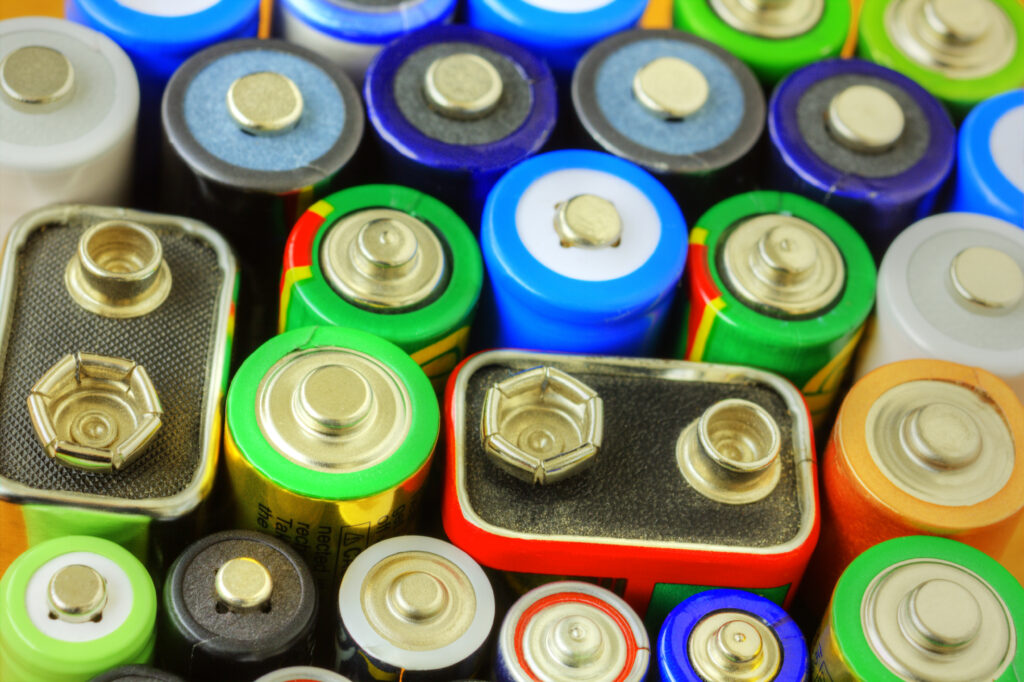
Automated sprinklers, lighting, and security systems have been commonplace in homes and offices for several decades. In recent years, however, they have become increasingly efficient at anticipating user needs and optimizing their performance due to their ability to communicate information over wireless networks. This emerging phenomenon is known as the Internet of Things (IoT), and it describes how interconnected devices parse data to one another without human intervention to enhance their convenience.
And as the IoT and robotics industries continue to grow and evolve, there is an increasing demand for smaller, more energy-dense, batteries to power these interconnected devices. This has led to the development of microbatteries, miniature batteries that can provide power to small IoT devices like sensors, wearable smart devices, drones, and tiny robots.
Penn Today met with James Pikul, assistant professor in the Department of Mechanical Engineering and Applied Mechanics at the School of Engineering and Applied Science, to discuss the challenges engineers face in manufacturing the next generation of microbatteries and to learn how designing new configurations can allow for both smaller dimensions and greater energy storage.
Problems with downsizing
Pikul’s lab develops and has been working to improve microbatteries. A major hurdle in designing batteries to power tiny devices is that batteries suffer from deficits in energy storage and performance when their dimensions are reduced, explains Pikul. “Energy scales with volume, which is length multiplied by length multiplied by length, so length cubed,” he says.
“If you want to make a battery 10-times smaller in every dimension, it now has 10 times 10 times 10 (a thousand times) less energy. That’s one of the major challenges.”
The packaging materials used to house batteries also pose a major impediment to scaling.
“The electrochemical reactions that allow batteries to generate power are sensitive to contamination, so they need to be encased in a hermetically sealed packaging material,” Pikul says.
He explains that packaging materials need to have a certain thickness to prevent leakages and contamination, but as batteries become smaller, the thickness of the materials can add unwanted volume and mass. Pikul likens this constraint to boxing up a laptop versus a phone with the same packaging materials.
“In terms of total volume, the ratio of the cardboard box to the laptop is much less than the ratio of the cardboard box to the phone if the cardboard has the same thickness,” he says. “So, making packaging that’s really small, using battery materials that have a high amount of energy stored per unit of volume (energy density), and coming up with new architectures that optimally arrange these materials in 3D space are how we’re trying to overcome these problems.”
This story is by Nathi Magubane. Read more about “The Next Generation of Micrometer-Scale Batteries” at Penn Today.
